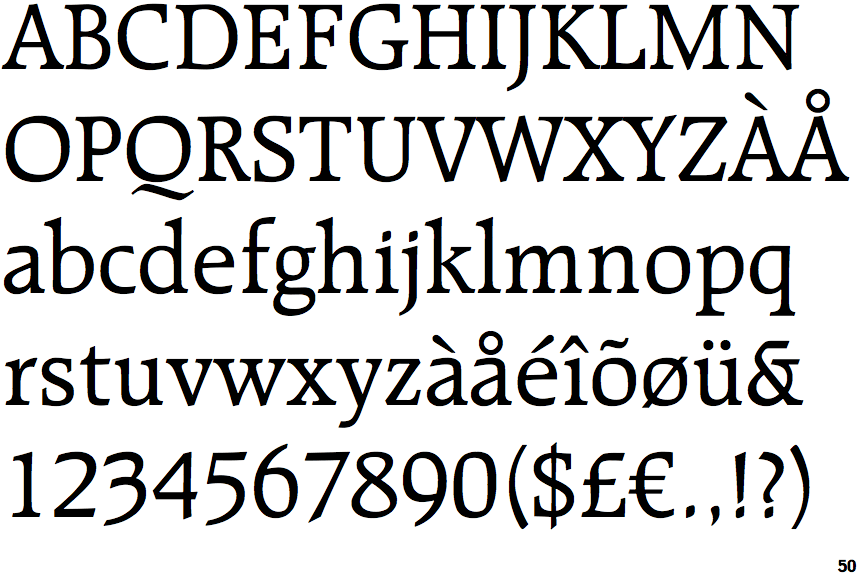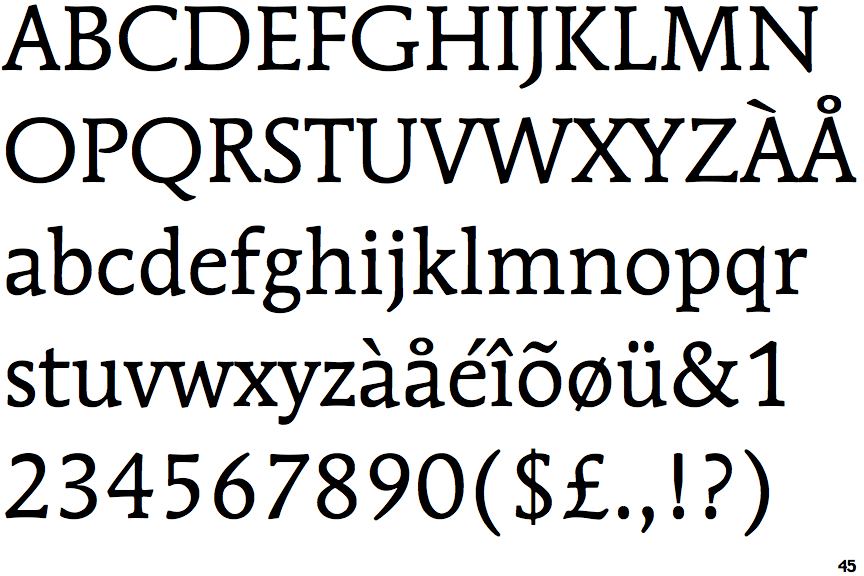Differences
Raleigh (BT)
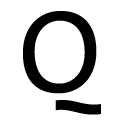 |
The upper-case 'Q' tail is below and separated from the circle.
|
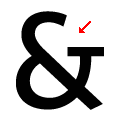 |
The '&' (ampersand) is traditional style with a gap at the top.
|
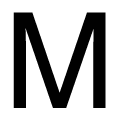 |
The verticals of the upper-case 'M' are parallel.
|
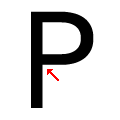 |
The centre bar of the upper-case 'P' meets the vertical.
|
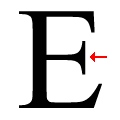 |
The centre bar of the upper-case 'E' has serifs.
|
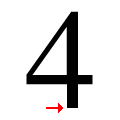 |
The foot of the '4' has no serifs.
|
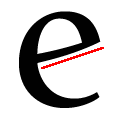 |
The lower-case 'e' has a straight angled bar.
|
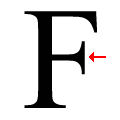 |
The centre bar of the upper-case 'F' has serifs.
|
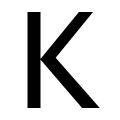 |
The junction of the upper-case 'K' touches the vertical.
|
Note that the fonts in the icons shown above represent general examples, not necessarily the two fonts chosen for comparison.
Show ExamplesITC Mendoza
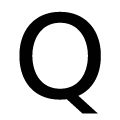 |
The upper-case 'Q' tail touches the circle.
|
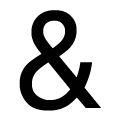 |
The '&' (ampersand) is traditional style with two enclosed loops.
|
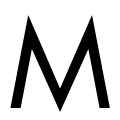 |
The verticals of the upper-case 'M' are sloping.
|
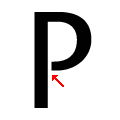 |
The centre bar of the upper-case 'P' leaves a gap with the vertical.
|
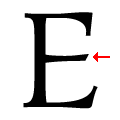 |
The centre bar of the upper-case 'E' has no serifs.
|
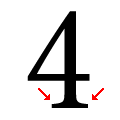 |
The foot of the '4' has double-sided serifs.
|
 |
The lower-case 'e' has a straight horizontal bar.
|
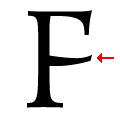 |
The centre bar of the upper-case 'F' has no serifs.
|
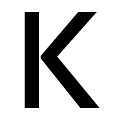 |
The junction of the upper-case 'K' leaves a visible gap with the vertical.
|
